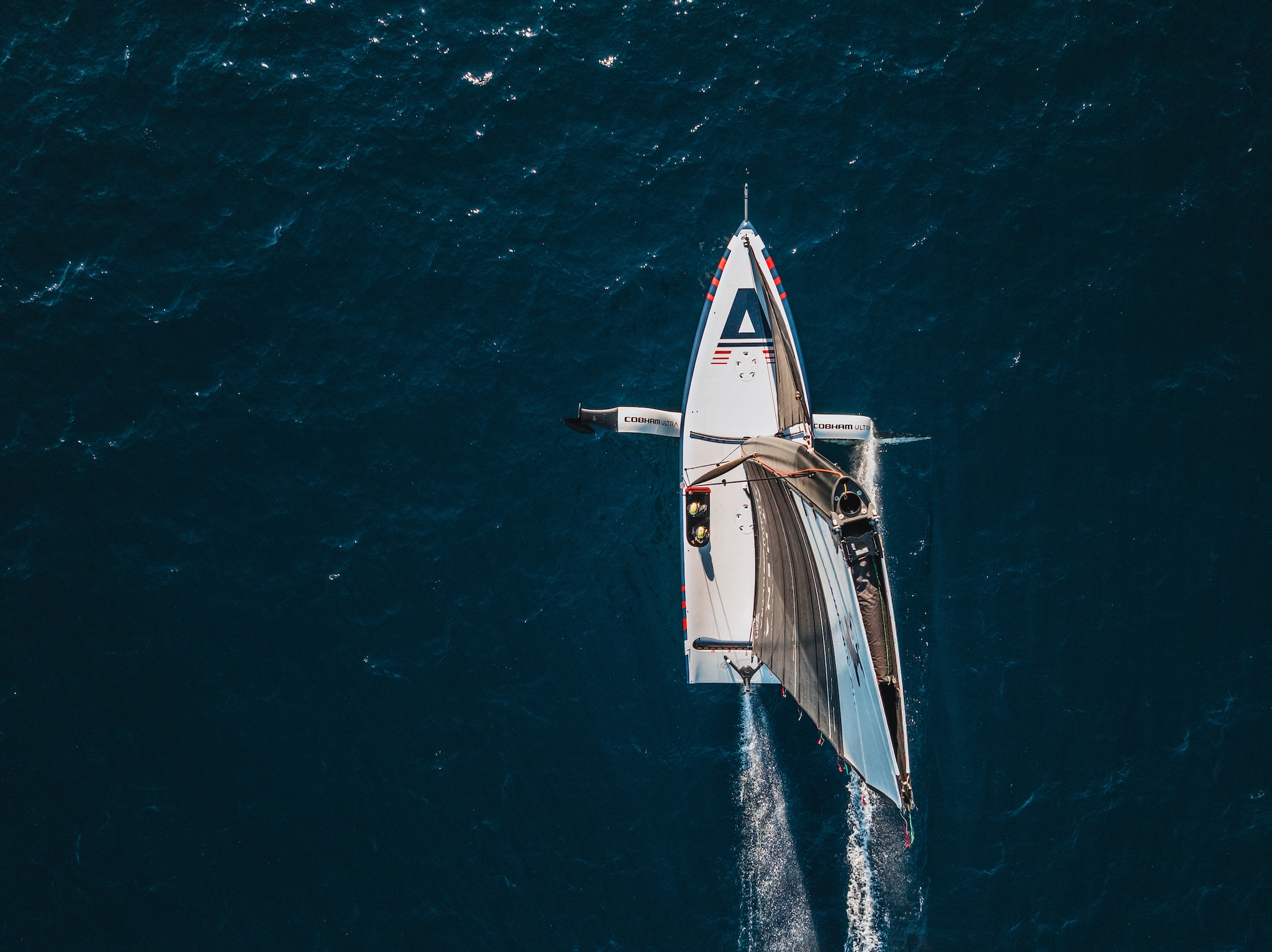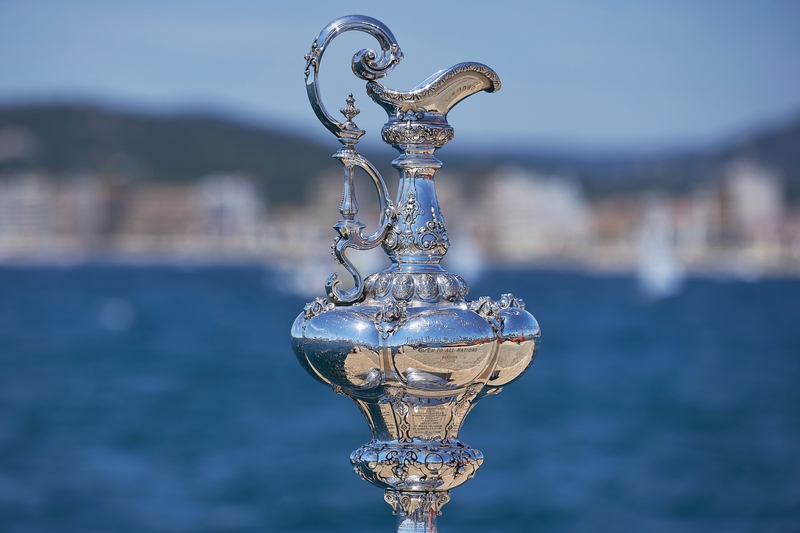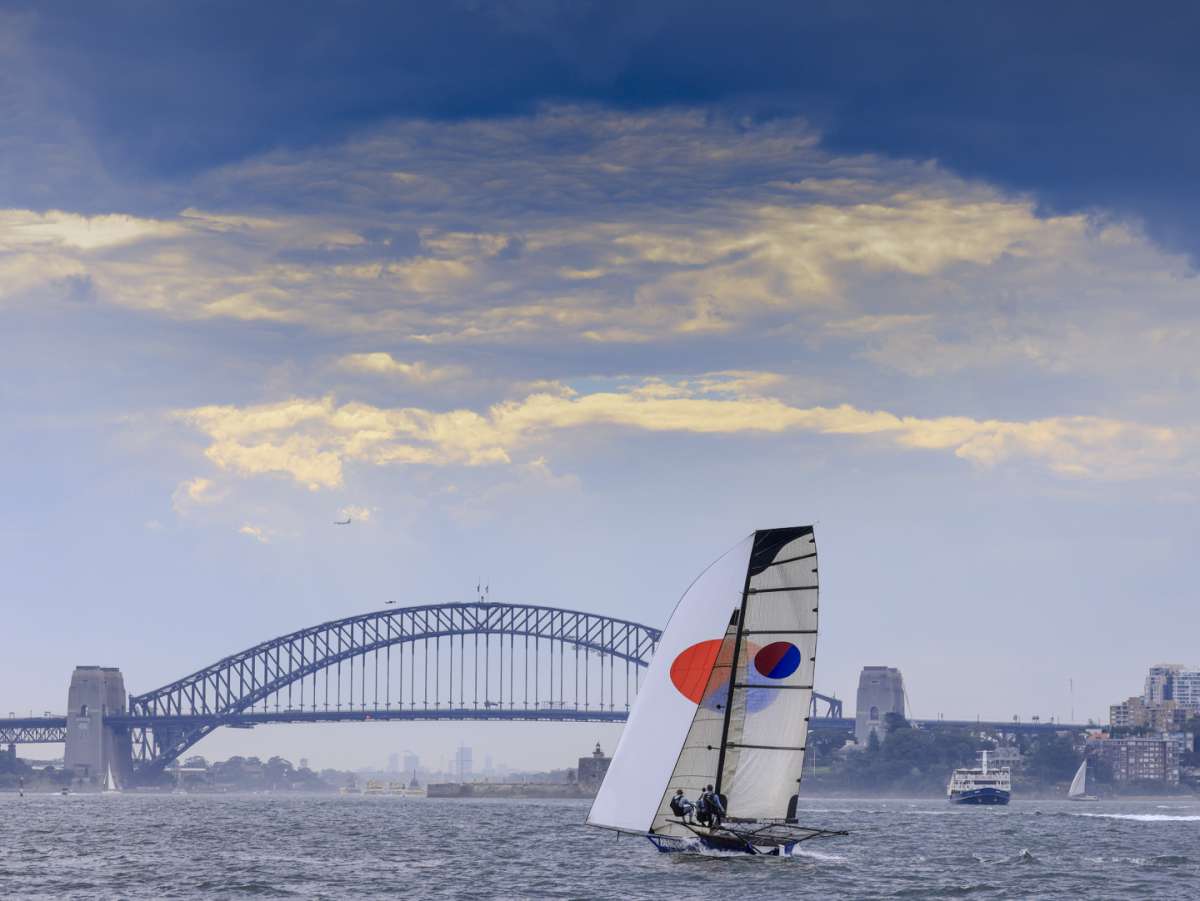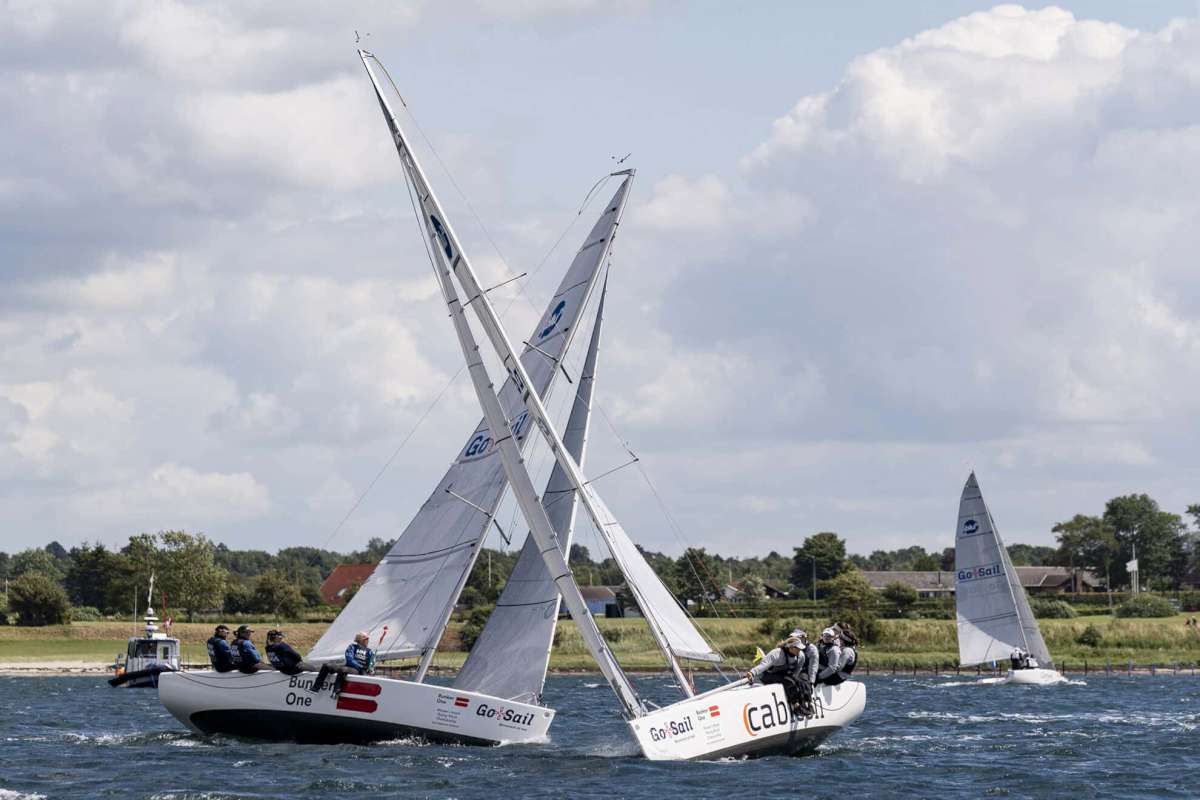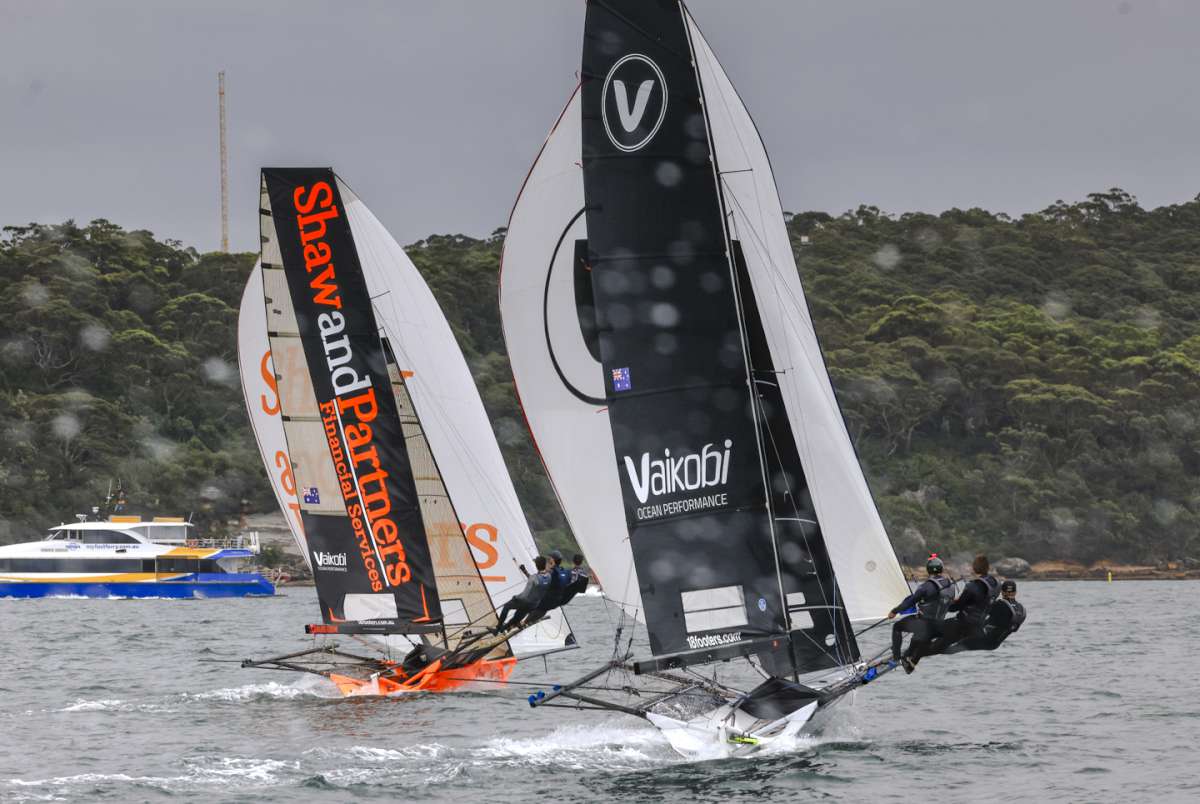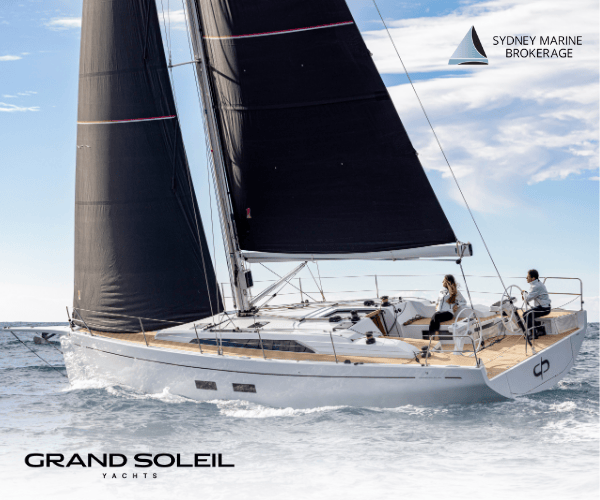Many Brisbane-based cruisers will be interested in traversing the waters of the sunshine coast to and including the Great Sandy strait (GSS). My son and I recently made a delivery voyage over this stretch of the Coral Sea, commencing in Maryborough in late September and arriving at Dunwich on North Stradbroke after a lightning passage of four days.
When my son Daniel acquired Sounion, a venerable Nicholson 32 which was lying in the Mary River at Maryborough, the next question was how to get it to North Stradbroke Island where it was to be kept?
A survey of the charts showed that we had about 160 nautical miles to cover with work commitments dictating we had one block of four days in late September to break the back of the task. If we could get as far as Mooloolaba then lay the boat up for a week before continuing, we would be well pleased.
As it happened we did not even enter Mooloolaba and managed to complete the entire passage inside of four days. Here’s how it unfolded.
Planning and preparation
“Never go anywhere in a boat that your brain has not been to first” quote unknown.
We had about a month to prepare for the trip. I lived some distance away and therefore focussed on assembling a navigation package while Dan worked on the boat itself, changing oil, obtaining spares and getting familiar with the systems.
We both scoured the net for useful intelligence. This led to us obtaining a copy of the Queensland Maritime publication ‘Beacon to beacon’. You can access this very useful publication on line for free or you can, as we did, purchase a bound copy from a book seller. The wired-bound book comes in a waterproof satchel and provides a comprehensive and accurate depiction of numerous Queensland waterways. I would highly recommend it.
We also acquired a couple of regular charts to fill in the gaps not so well covered by Beacon to beacon: AUS236 Moreton Bay and AUS815 Cape Moreton to Double Island Point. To complete our navigation suite we also had a plotter on board and access to a Navionics package via mobile phone. We had no excuse for getting lost.
We also had within our repertoire a depth sounder. This, in retrospect, is a must for a keelboat in the Mary River and GSS. It was also very nice to have in Moreton Bay.
Maryborough
We arrived at the delightful Maryborough marina after dark on a Sunday evening and transferred our gear and victuals on board. This would have been a chore if not for some other cruising folk who offered to help us shuttle between wharf and moored boat using their own tender. Thanks again Kim and Kim if you are reading this!
Before settling down for the night we checked Meteye. Things were shaping up well for a trip south. As we drifted off to sleep that night the brisk northerly wind was already whispering in the rigging.
We dropped the mooring shortly after sun up on the Monday and proceeded down river with the last of the falling tide. The Mary was used extensively by cargo ships in the late 19th century but the river must have silted up somewhat since those days. The banks are mud and mostly tree-lined.
Sounion draws 1.7 metres so we planned to tackle the shallowest areas on a rising tide. We did touch the muddy bottom once when adjacent to Brothers Island but drifted back with wind and tide to deeper water within minutes.
According to Alan Lucas the shallowest part of the passage was at Horse Shoe Bank. We passed this area about one hour after the bottom of the tide and experienced no difficulties. Incidentally, our passage occurred during a period of neaps tide.
We reached the river heads in a little over three hours and entered the more open waters of the north GSS where we were greeted by a chop whipped up by a 20 knot northerly, which bore down on our port beam. Sounion lacked a spray dodger so the short 1.5 metre waves made things a little damp in the cockpit until we reached the special mark that was our turning point for the passage south.
Blink and you’ll miss it
Upon turning south down the GSS we shut down the engine and unfurled the headsail. That heaven sent northerly was blowing beyond 20 knots now and spirited us along with the tide at six knots ground speed.
To keep ahead of the boat we established a navigation routine whereby the time of arrival at each navigation mark was noted on the chart and using a GPS speed we calculated an ETA for the next mark. We also determined a rough heading. This way we did not get ourselves confused about which beacon was which. This also meant that we did not have to rely so heavily on the electronics.
Helpfully, each nav. mark displays its number which, in turn, is faithfully reproduced in Beacon to Beacon. The only point of minor confusion was at the leads near the bottom of the strait which caught us by surprise. A little cross-referencing between nav. equipment soon had things sorted out though.
According to the available material, when abeam Turkey Island the tidal flows from each end of the GSS meet. For us this meant we would be stemming the current for a few hours. Granted it was neaps tide, but the stream did not seem to very strong and we continued to boom along at up to five knots and began to pull ahead of schedule.
Two hours before sunset and we were entering Wide Bay, but we could not safely cross said bar due to the tides. In retrospect a night crossing would have been possible but we did not want to take unnecessary risks in waters we did not know. Instead we started looking for an anchorage.
We equivocated about proceeding down towards Tin Can Bay and anchoring in the channel but, in the end, opted for The Bluff, which is located on the south end of Fraser Island adjacent to Coolooloi Creek.
Had there been more than the half metre swell rolling in from seaward this might not have been the ideal place to overnight but we found it comfortable and secure. It was also reasonably well sheltered from the northerly.
We took the opportunity before the spectacular sunset to hoist the inflatable dinghy onto its davits for the ocean part of the passage.
Wide Bay Bar
While the WBB has something of a reputation, it appears that it is safe enough if crossings are made when the conditions are within certain parameters. My research suggested that those parameters are: be wary of crossing if the swell exceeds 1.5 metres; and make your crossing in the time window two hours prior to high water.
I reckon that pilots in the old days would have made a fortune on the WBB because the nature of the bar precludes the laying of channel markers, also the distances involved mean that the shore side navigation marks become difficult to see and interpret, particularly in times of reduced visibility.
The modern plotter with the appropriate waypoints loaded makes an adequate substitute for a human pilot. The latest prescribed waypoints are available from VMR Tin Can Bay for the asking, they do change regularly.
On the day of our crossing the conditions were benign: .5 metre swell from the NE and a moderate northerly wind. After logging on with VMR TCB we headed ESE until we intercepted the Innskip Point leads at the initial waypoint and then turned towards the NW.
We kept the binoculars on the leads and monitored our XTE on the plotter until we had covered the three miles to the second waypoint where we turned to head east. The waves shortened up a bit on this second leg but we were spared the notorious bracketing breakers of the ‘mad mile’, as this section of the crossing is sometimes called.
Once the depth dropped away to greater than 20 metres we altered course to 145° true to clear Double Island Point and the outlying Wolf Rock. The time was midday.
Sunshine coast
Now in the Coral Sea we settled down to enjoy the scenery. Double Island Point is surprisingly steep and high considering it is a long sandhill held together by a relatively meagre overlay of foliage.
It is the anchorage of choice for northbound craft waiting for the right conditions to cross the WBB. It is also the point of commencement for the continuous length of beach that runs south down to Noosa.
Things were proceeding so well and conditions so favourable that we were beginning to entertain the idea of reaching Mooloolaba by late evening. Our plan was thwarted however by a forecast southerly change, which saw us under motor by about 1500.
We stemmed a short 1.5 metre sea and a 10 to 15 knot wind for three hours. Since the BOM was predicting that the southerly would be short lived we diverted to Noosa to wait out the worst.
It is not possible for deep draft boats to enter Noosa so we anchored off in in six metres of water. The headland provided fairly adequate shelter from the wind but the 0.5m swell continued rolling in from the NE. This made for a ‘rolly polly’ night. Not being really comfortable we got underway again at 0430 and motored south. So began day three.
With impressive reliability a forecast easterly change came to fruition by late morning and we were able to motor sail at about 4kt. Our course kept us close inshore, east of Mudjimba Island but west of the shoals of Mooloolaba.
We were abeam our intended destination of Mooloolaba by 1100 am. While it would have been nice to look into this thriving port we were experiencing such ideal sailing conditions it was really an easy decision to opt for continuing south towards Tangalooma.
From this point the traffic increased. We encountered several sail craft as well as whale watching boats. The latter must do a roaring trade as we had rarely been out of sight of breaching whales since Double Island Point.
Moreton Bay
Moreton Bay abounds with shoals and sand bars. Being unfamiliar with these waters prudence dictated that we enter via the shipping channel which commences adjacent to Caloundra Head. Once we were safely established at the sea buoy we considered our draft and decided on the first of several short-cuts.
From the sea buoy we cut across the top of Hotham Patches to save us perhaps two miles. Back in the channel we shut down the engine and commenced a very pleasant run down to Tangalooma.
We took another short-cut adjacent to Spitfire Passage, which saved a little more distance and also saw us clear of opposing traffic in the form of a container ship heading north at speed. These guys are big, fast and under no obligation to steer clear of sailing vessels. It is necessary to know where you are in relation to the channel at all times so you can act early to avoid a close quarter’s situation.
Having arrived off Tangalooma in good time we passed the resort, fired up the engine and navigated into the lagoon via the leads. The second set of leads is very hard to see and a cross check by electronic means proved reassuring. Once inside the lagoon we motored up to ‘the wrecks’ and anchored in 4m of crystal clear water.
By this time we were pretty pleased with ourselves. We were well ahead of our timeframe and holed-up in a delightful anchorage adjacent to a resort and several other handsome boats, including the sail training ship South Passage. As a reward we dropped the dinghy in the water and went ashore for a stroll and a swim.
The forecast was for more of those brisk northerly’s commencing early in the morning.
Tangalooma to Dunwich
True to form the forecast blow came in about 0200 on the morning of day four and made things in the anchorage decidedly dynamic. We were not perturbed however because the wind was well and truly fair for our next leg.
The engine in Sounion is a veteran, Volvo MD2B. She proved reliable however and 2.2 litres per hour at three knots was miserly on diesel. We were thankful for this reliability as we moved out into the 20kt to 25kt blow, with its associated two metre sea. This was particularly so because we had identified a problem with the mainsail track, which would have precluded close-hauled sailing.
Once clear of the leads we altered to head due south and shut down the Volvo. We had opted to tow the tender and had run it out on a long line.
The sea was from astern and somewhat choppy. After about 30 minutes, the tender was picked up by a wave and surfed noisily ahead until she was nearly abeam of us. The painter was taut, which kept the boat square to the wave and allowed it to surf. This was okay in itself, but the worry was that it might capsize, outboard and all.
Hoisting the tender on to the davits would have been tricky in the conditions so we decided to monitor the situation. We only got one more instance of tender surfing before conditions moderated a bit, so we left the boat in the water.
We brought Mudd Island down our starboard side after two hours sailing and could see the container terminal at Fisherman’s Island in the mouth of the Brisbane River in the background.
Then came St Helena Island followed by Green Island and finally Peel Island came in on our port beam. Peel is a very popular anchorage and being school holidays Horseshoe Bay was full.
For us though this was our final turning point and in keeping with our series of blessings to date the wind moderated for the final leg across to Deanbilla Bay on North Stradbroke Island where we dropped anchor mid-afternoon.
We had achieved our objective in record time. Favourable conditions made all the difference.
Neither of us had spent any significant time in these waters. The close look afforded by this trip opened our eyes to what a great cruising area it is. Big enough and also technical enough to make it an interesting navigational challenge while offering a pleasant climate with lots to see.
We hope to get some more time to explore this area and the many attractions we had to by pass on our lightning passage. ≈





